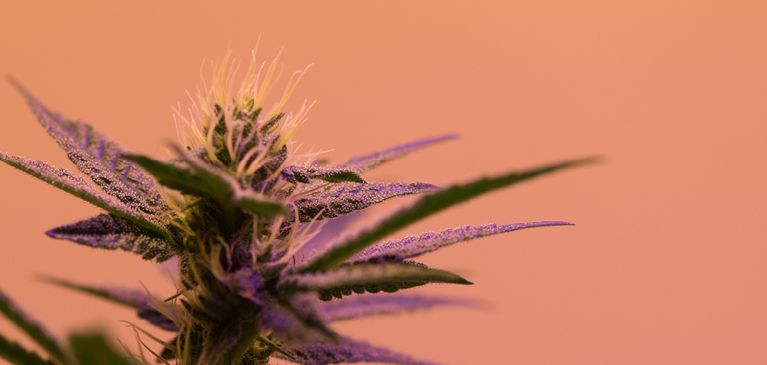
It can take a long time to be heard, and even when voices get loud it can take time for action to follow. There has been a loud voice to make hemp a legal agricultural commodity and the breakthrough occurred in the 2018 Farm Bill.
This bill legalizes industrial hemp that has a tetrahydrocannabinol (“THC” the psychoactive component of marijuana) concentration of no more than 0.3 percent by removing it from schedule I of the Controlled Substances Act. Now that the cry to legalize industrial hemp has been heard, what does it mean for farmers?
Well, it may take a while to realize the opportunity once again. The world of agriculture is more complicated and of course very well regulated. Keep in mind that hemp cultivation has not always been banned. Many of our founding fathers grew hemp and advocated its uses and benefits. Most notably, Thomas Jefferson wrote the draft of the Declaration of Independence on hemp paper. Hemp was once an agricultural staple – its durable fibers used for numerous products including canvas, cloth and rope.
Hemp has been a domesticated crop longer than the staple corn, yet it was restricted in the 1930s era to curtail the use of the marijuana drug. Corn, or “maize,” was domesticated from its wild grass ancestor more than 8,700 years ago, and it has evolved ever since to become an agriculture powerhouse. Selective breeding, technological advancement in use and processing and other efficiencies in growing and harvesting over many years has made corn the crop of choice for many farmers for sustainable income.
The first traces of hemp were found way back in 8000 BC in Asian regions that are now modernday China and Taiwan. When you consider that human agriculture started about 10,000 years ago, you can assume that hemp was one of the first agricultural crops. There has been an economic engine attached to the hemp industry in the past and there has even been times that the U.S. government encouraged farmers to grow hemp in the “Hemp for Victory” program for WWII.
Putting hemp back in the mainstream of agriculture will not be like turning on the lights. Like corn, it will take time and ingenuity to make the crop an economic engine.
The regulation and system has yet to be developed as next steps are being taken to do so now.
States and Indian tribes may regulate the production of hemp by submitting a plan to the Department of Agriculture (USDA). The bill also makes hemp producers eligible for the federal crop insurance program and certain USDA research grants. With the signing of the 2018 Farm Bill, hemp farming will no longer be limited to the terms of the pilot program detailed in the 2014 Farm Bill.
When restrictions are lifted, hemp will be treated the same as any other commodity crop. The signing of the 2018 Farm Bill will provide economic stimulation; bring countless jobs and income potential back to the American soil. By removing the restrictions on hemp farming, the 2018 Farm Bill places hemp from American farmers into the hands of American manufacturers and consumers. The farmers will still need to grow it.
The hemp industry is expected to evolve into a $22 billion market by 2022. There is a lot of work to be done to create the infrastructure and develop the market. Stay tuned as there is more to come to make this a reality.
Link to full article: here


